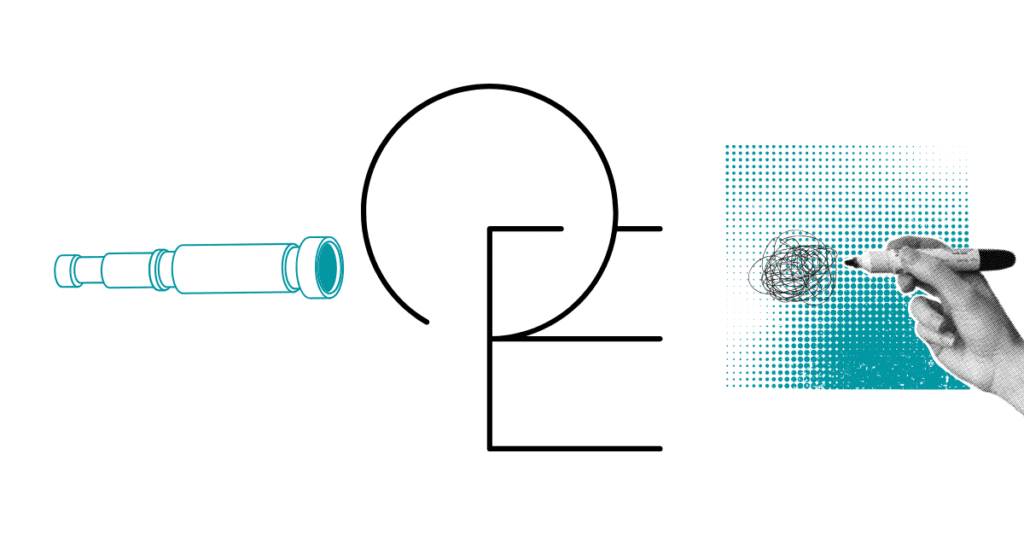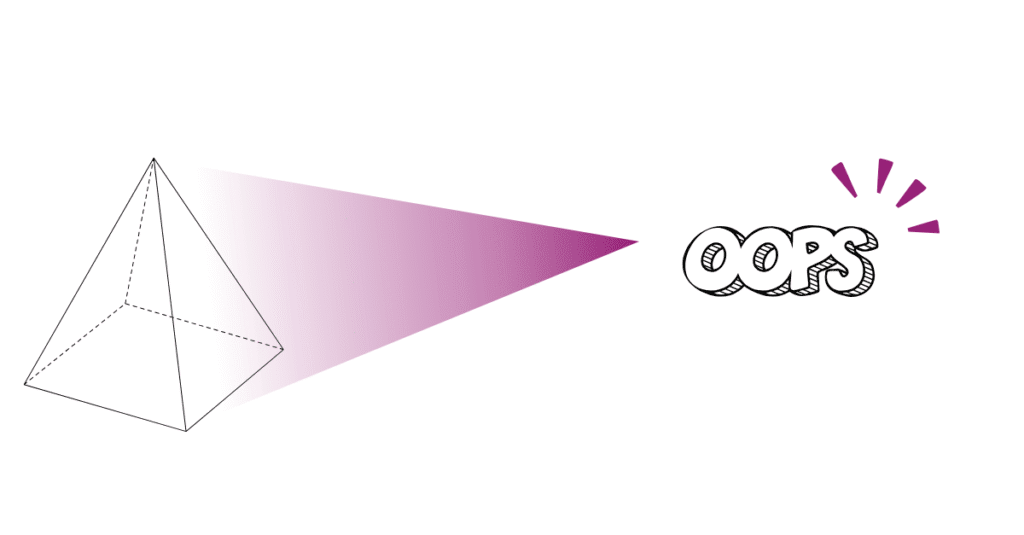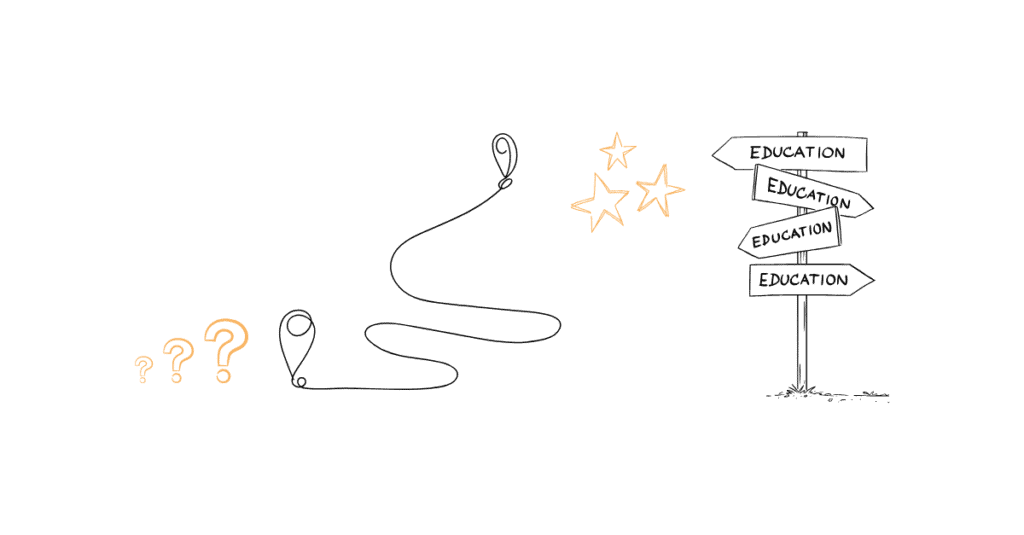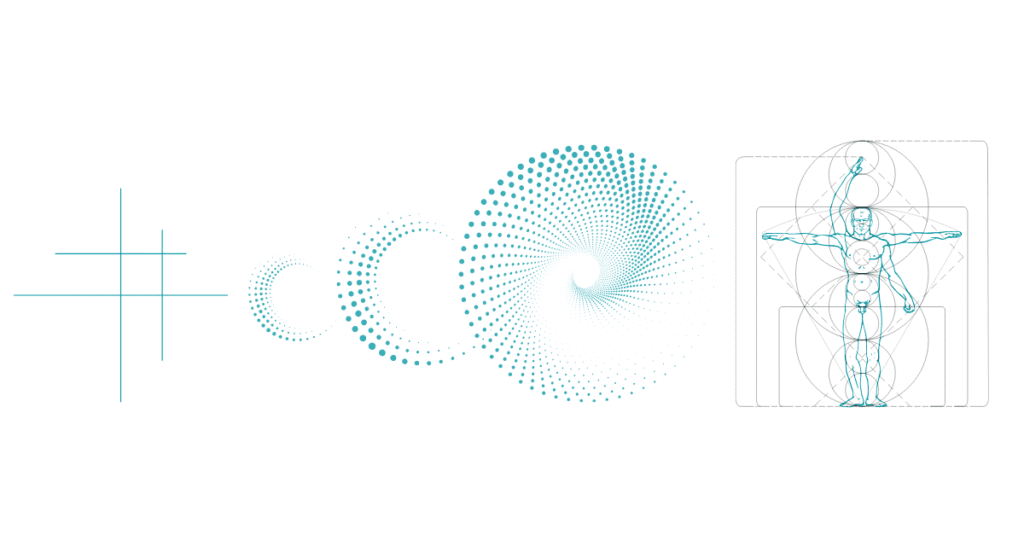Goal:
Purpose to Practice (P2P) is a Liberating Structure that can be very useful at the start of a new project to ensure it will be brought to life successfully.
The main goal of P2P is to allow all stakeholders of the initiative to generate a shared purpose (i.e., why the work is important to each stakeholder group as well as to the larger community). All additional elements – namely principles, structures, and practices – are designed to help achieve the purpose. By shaping these four elements together, the group can clarify how they can effectively organise themselves ensure project success.
Problems that can be solved through P2P:
✅ P2P helps to create a shared vision / future among diverse people (e.g. different team members / stakeholder groups) by engaging and including everyone’s imagination and contribution
✅ P2P avoids the “design” of a purpose by a small group of people (e.g. just the management board or experts) only behind closed doors
✅ P2P bridges the gap between ideas and their implementation by pulling together all the elements needed to launch and sustain a project effectively and thereby avoids a fragmented process
✅ P2P breaks down a big, bold vision into smaller steps by generating specific strategies, roles, responsibilities, and tasks for each person / group that will help them to achieve the common goal
✅ P2P develops innovative ideas and approaches that can be implemented and spread quickly because there is shared purpose and ownership
Participants:
P2P is ideally used with the whole group, rather than dividing people into smaller teams. If the whole group is too large, you can however divide it into smaller sub-groups (e.g. the different stakeholder groups) and allow each group to fill out one P2P template.
Nevertheless, we recommend to complete the first step (purpose) all together to ensure a common basis before the groups work out the principles, structures, and practices on their own. At the end, ensure that all results that the sub-groups came up with are merged in order to create a shared action plan.

Preparation:
Prepare a digital whiteboard on which you paste the four P2P Templates.
Alternatively, in an in-person setting, draw one template on one flip chart (4 flip charts needed for the four templates) and let the group move from one chart to the next as they progress through the exercise. Ensure that you have enough pens and sticky notes at hand.
Execution:
1️⃣ Start off by introducing the idea of P2P to the group, including its four elements (purpose, principles, structures & practices) and related reflection questions to the group.
2️⃣ To clarify the first element (purpose) ask the question: “Why is this work / project / initiative important to you and the larger community?”. To structure this first big brainstorming, we recommend using a technique called 1-2-4 All. This means that first, you invite each individual to come up with answers, ideas and stories for the ‘purpose question’ for 5 min. Then, participants get together in pairs to compare, sift, and amplify their ideas for 10 min. Next, two pairs merge together in a small group of four to merge their thoughts into a list of top ideas around purpose for another 10 min. And finally, as a whole group, everyone integrates the themes that have emerged into an overarching shared purpose within 10 min.
3️⃣ Next, move to the remaining P2P elements and let participants answer them by reflecting on the guiding questions for each element below. You can also use 1-2-4-All here to generate ideas if you like, this depends a bit on how much time you have at hand. Be prepared to go back and revise previous elements as needed (expect some messy non-linearity).
Guiding questions:
❓Principles: “What rules must we absolutely obey to succeed in achieving our purpose?”
❓Structure: “How must we organize (both macro- and microstructures) and distribute control to achieve our purpose?”
❓Practices: “What are we going to do? What will we offer to our users/clients and how will we do it?”
After each element, ask: “Has this step shed new light that suggests any revisions to previous elements?”. Calculate 5 min for this.
4️⃣ When all elements have been completed, ask participants to step back and take a close look at their draft of the four elements together. Ask them what they think and how they feel about the results within the different segments, as well as on the board as a whole. Then, invite the group to prioritise ideas in the principles, structures, and practices section if you have not used the 1-2-4-All method previously. Calculate 15 min for this.
5️⃣ Finally, ask the group for specific action steps that each person / stakeholder group will take now to turn the shared purpose into practice. In this context, also choose one or several individuals who will hold the rest of the group accountable to revisit their P2P design periodically (e.g. every 4-6 weeks) and adapt elements (principles, structures, or practices) based on newly gained knowledge and experience.
Practical tips:
A purpose may be expressed as something positive you are going to start/create or something negative you are going to stop. It must be something that’s worth working towards and will provide more than just financial or individual benefit. Review your purpose until you can really see a spark in the eyes of group members to ensure sustainable motivation and drive towards its’ realisation.
Rely on and draw out the inspiring-and-despairing experience of group members to derive principles, structures, and practises.
Keep brainstorming rounds on schedule (quick and short session). When more time is needed, do a second round, rather than prolonging the first one.
Encourage participants to use metaphors (e.g., how can we structure ourselves like a spider plant?) and/or visual representations to help draw out creative ideas for principles, structures, and practices.
Material:
(Virtual) Whiteboard / Flipchart
Sticky Notes in different colours
P2P Templates
Pens / Markers
Time:
90-120 minutes







